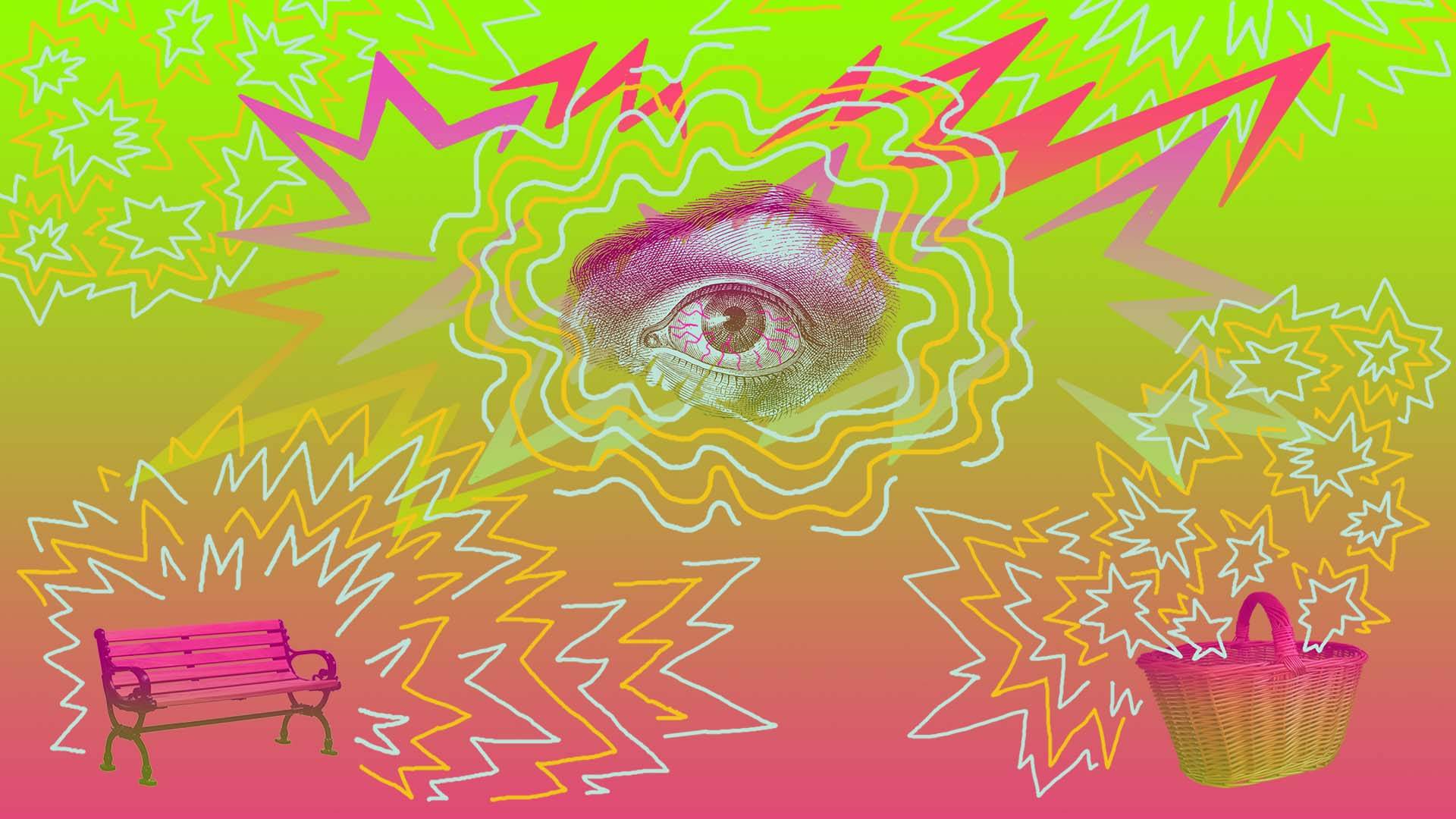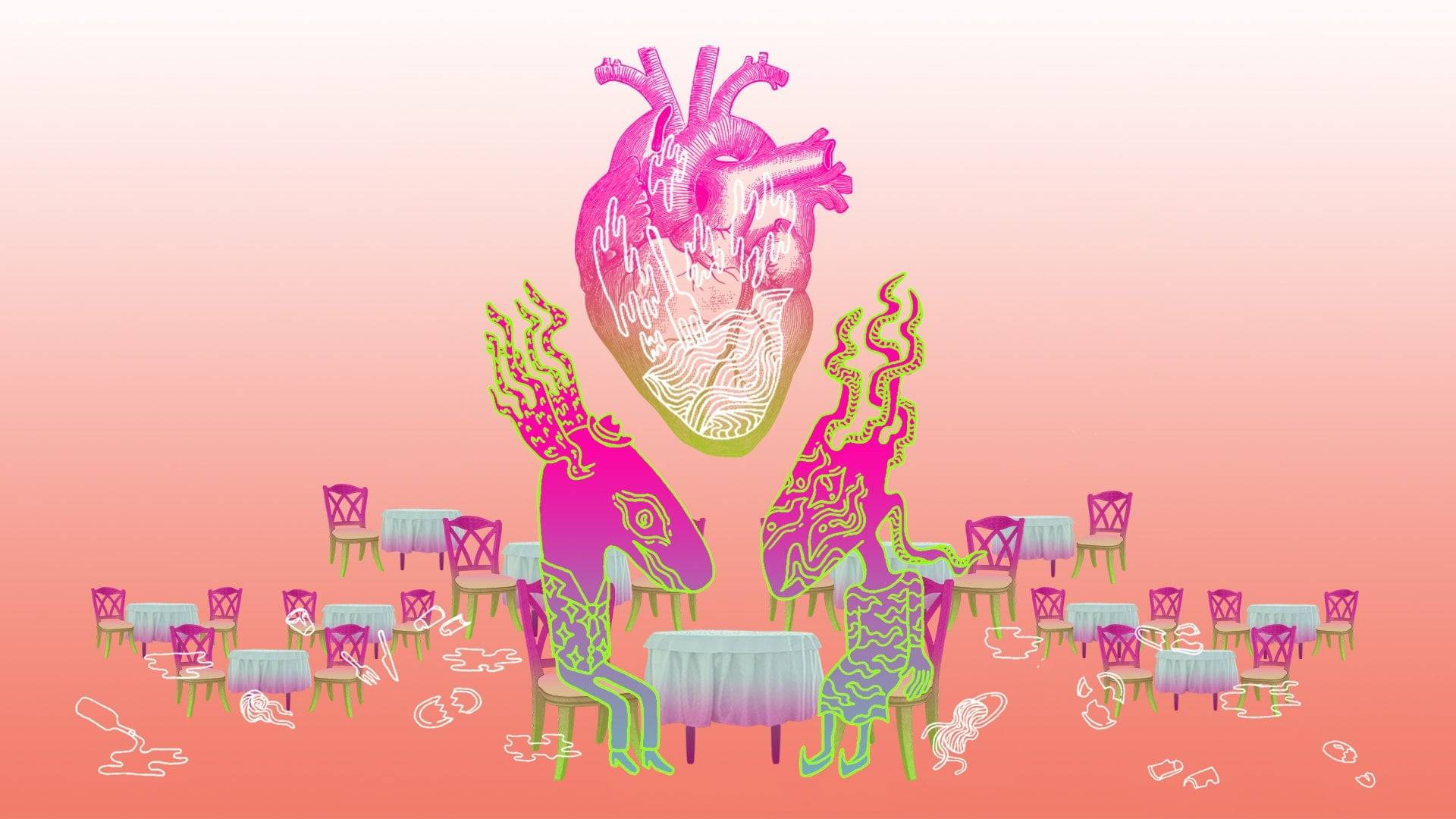The following are excerpts from a longer conversation which took place over Zoom in April 2021.
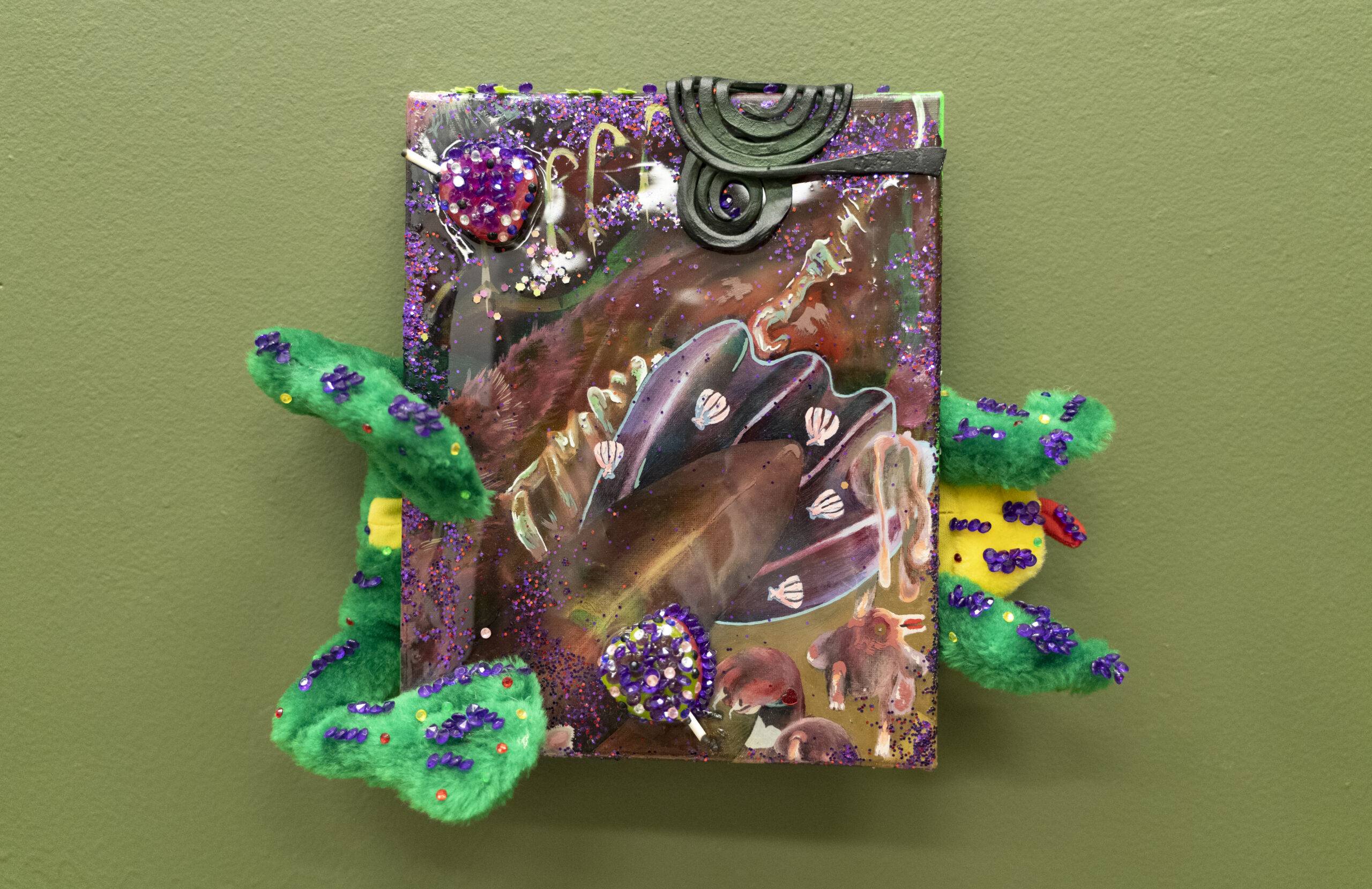
Matt Morris: We are all in stages of transformation. I’m curious about how you understand your art-making practice today. What is it like for you at the moment?
Cara Dunkerley: Lately, I’ve been thinking about how fearful and anxious I often am in the studio, even now when I’m about to graduate. I feel like there are so many things that need to be said within my work, but that I’m too afraid to say them or even think about them. Like, “Oh, you’re not supposed to think about that… or your family doesn’t want you to think about that…” Sometimes it almost seems disrespectful to contradict someone’s opinion with the truth.
MM: How exactly does your art practice help you with your own sense of self-definition? After all, you’re very aware of what other people would want you to say, and you’re very mindful that you exist within a society. I’m curious about how your practice has been useful in defining yourself within that social set of relationships.
CD: It’s been very difficult for me to be someone that can help both others and myself, with my practice or otherwise. Lately, I’ve been defining myself as someone that can’t help as much as I thought I could? I am finding new kinds of hopelessness for myself as I get older, but I’m also discovering new kinds of optimism. Maybe my whole life is a never-ending coming-of-age story.
MM: I think so! I mean, I can imagine much older friends of mine saying that their lives are still coming-of-age stories. While you’re in that discovery process that you’re describing, what are the things you’re noticing? How has your work and this conception of yourself been affected by being in an MFA program?
CD: Things have changed a lot for me with the help of my many mentors. I have Stephanie Brooks (Adjunct Professor, SCULP) in particular to thank. All of my faculty mentors have just been really encouraging and accepting, and have helped me see what it looks like to maintain a creative life. They’ve taught me how to keep going, make the most of every available opportunity, and never give up. Stamina is key.
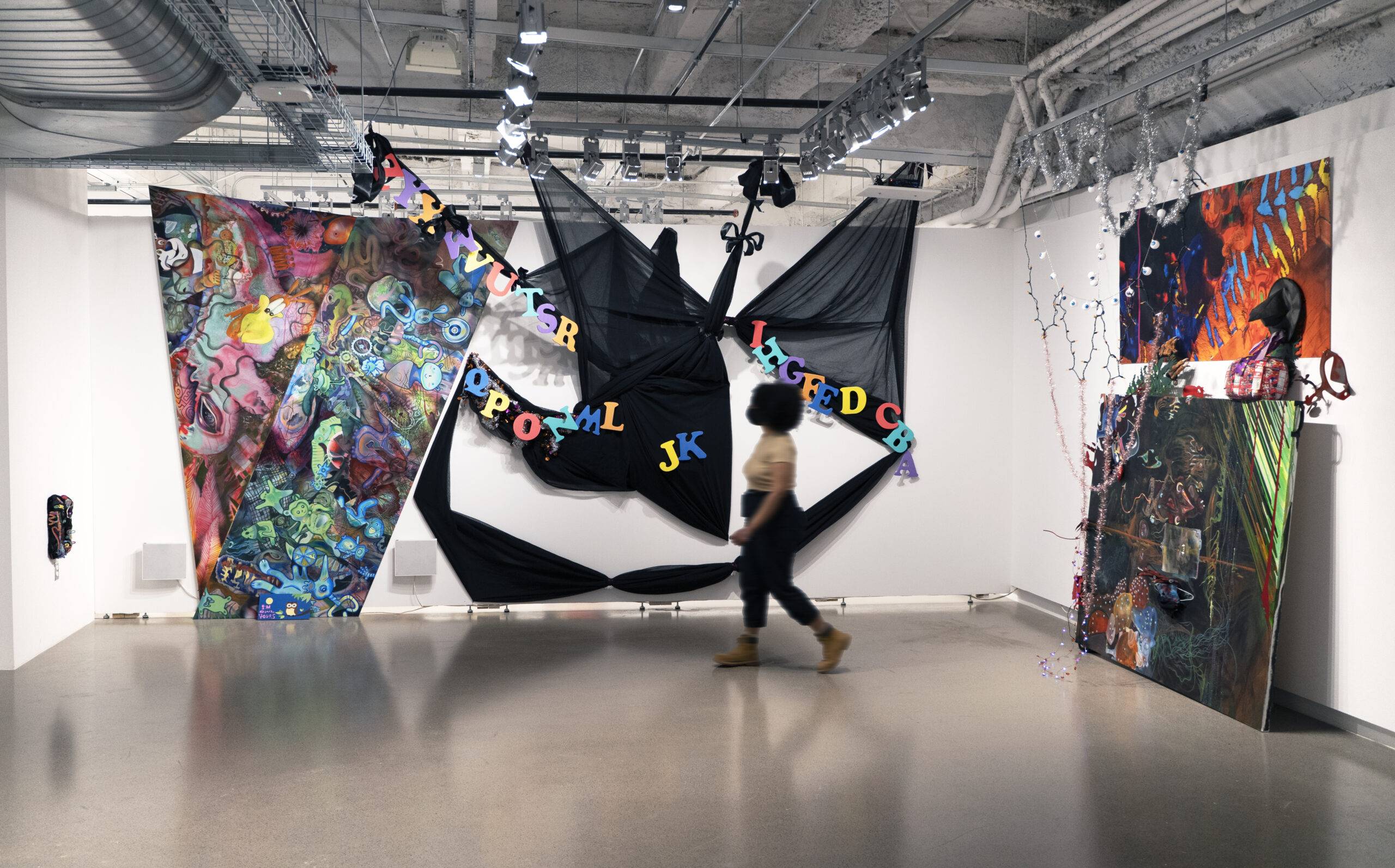
MM: You’re nearly finished with your MFA. What lessons specifically are you going to take with you when you leave SAIC?
CD: I’ve spent a lot of time here learning about friendship, but I’ve also learned just as many things about general humility. My peers here are so authentic and trustworthy. The possibility of having an old friend has never existed for me as much as it exists now.
MM: I’d like to hear about your influences. Who are some of the influences that shape the way you approach your studio work?
CD: I have so many! I’m always looking at the work of MFA candidates from other departments here at SAIC. For example, I admire the work of Laura Collins (MFA PTDW 2021) and Jaye TC Cho (MFA PTDW 2021). Jaye and I worked together as TAs for Claire Ashley (Adjunct Professor, PTDW) this last school year. There’s also Carly Sheehan. I met her briefly at Yale a little over two years ago now. Her work is one of the reasons why I went back to oil painting for my thesis exhibition.
Also, my work doesn’t look anything like Clyfford Still’s, but I watched a documentary about him (“Lifeline: Clyfford Still”), and I just love his intense dedication to scale. Jessica Stockholder is a big influence for me as well! She visited for our Sculpture Dialogues last November, which was such a treat.
MM: We should talk about your actual studio work. During advising together, we’ve gotten into this interest you’ve expressed in categories around and beyond the human. You’ve also referenced Hieronymus Bosch before in relation to your work. Could you tell me a little bit more along those lines?
CD: I’ve just been thinking about how these categories and definitions are so essential to the imagination. What’s the direct connection between imagination and categorization? Is being imaginative a way of crossing boundaries, of moving between categories? I’m also interested in categorization around and beyond humanity because it has so much to do with myth-making. By focusing on these categorizations, I’ve been trying to understand the human through stories of the nonhuman.
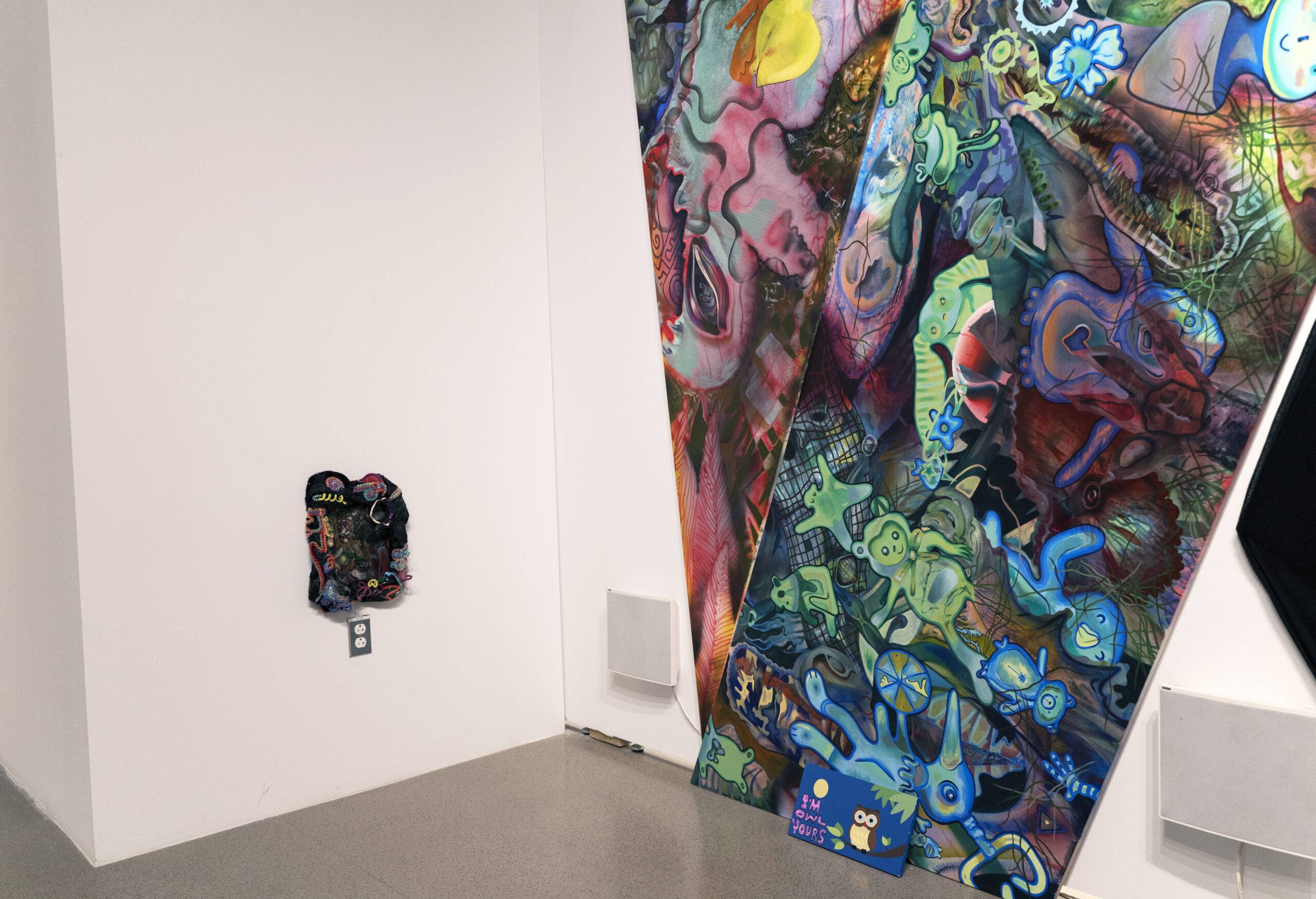
MM: You’re describing how imagination transcends or transgresses the categories that we’ve been taught, and that it’s not just combining improbable elements. I think part of what you’re saying is that imagining is about noticing what gets excluded. I see you trying to honor extra bits that don’t fit tightly within a system. You’re cultivating a fantastical way of looking.
CD: For sure, there are the things that don’t get acknowledged because they aren’t usually present, and there are the things that don’t get acknowledged because they’re omnipresent. There are varying reasons why things get overlooked.
MM: I think so. And I think that, whether you are creating immersive installations or working on your more intimate paintings, your building operates from a place of fantasy and desire. Is it all about trying to will a way of being into the world?
CD: Yeah, after all, it has always been weird, the way the world is. I mean, why is it the way that it is? In that way, my work is a tiny bit like that of Patricia Piccinini or Alexis Rockman. Yes, I think I am investigating those questions about possible futures… or maybe it’s just a classic form of escape?
MM: Could you put into language how you might characterize what you’re trying to get out of the imaginary circumstances that currently populate your work?
CD: I know that I like to gravitate around two different poles: the helpless and the cruel. Whenever I work on a project, it does seem as though I am shifting elements around for the sake of trying to identify the locations of those poles. It’s kind of like “Harold and the Purple Crayon”: searching through creation. Or, conversely, it’s maybe like looking for something buried in a sandbox, digging and sifting around the sand with your hands.
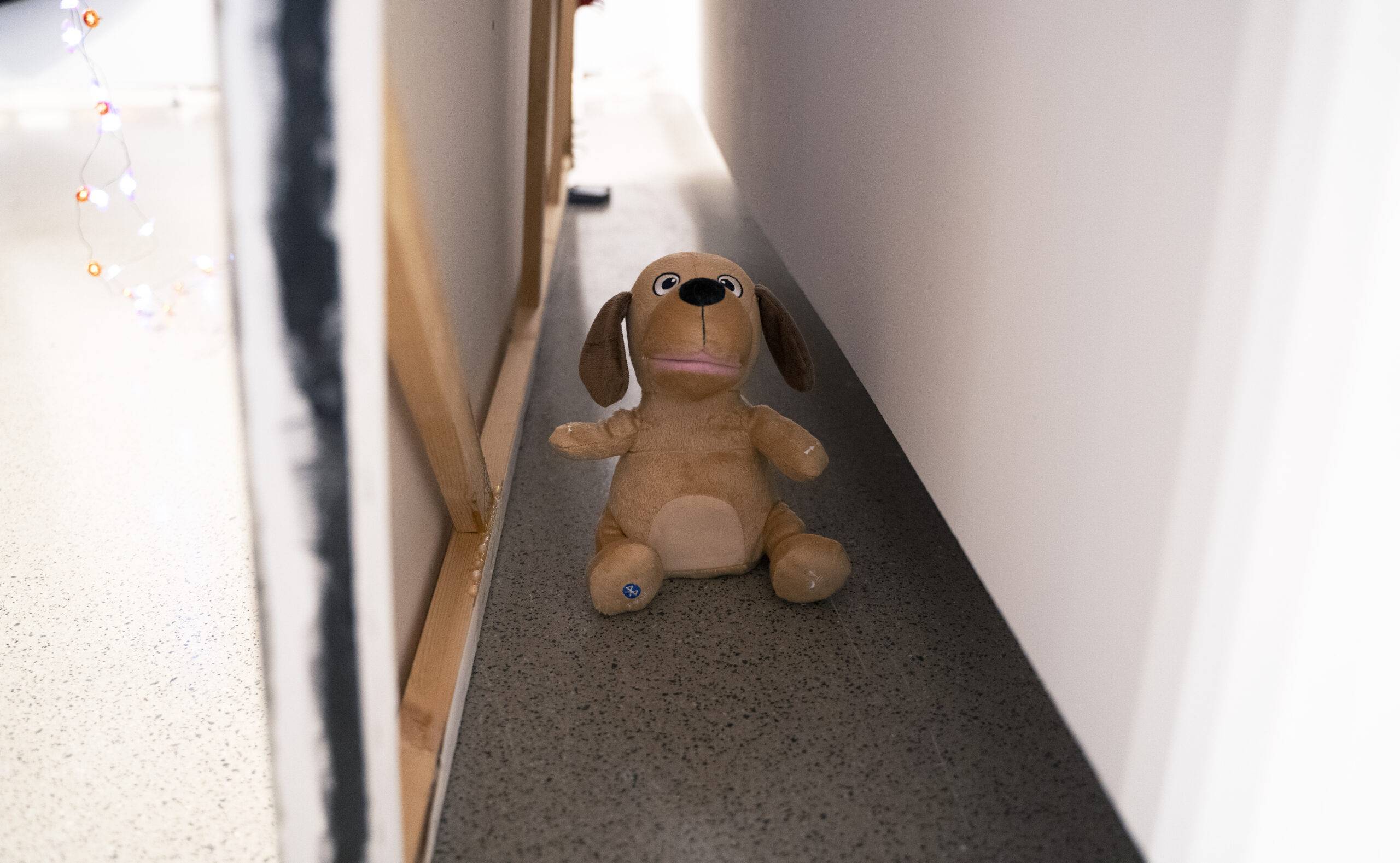
MM: How do you see yourself relating to authority? What happens when these cute or helpless elements come into contact with power? What do you think about power relationships?
CD: Powerful people don’t see what I’m up to in the studio, and even if they did see, they likely wouldn’t care. I think that’s how things are right now between my studio practice and power.
But, I’ve been wondering, should power take notice? Is attention and controversy something that artists should be looking for in order to cause change? Is purposefully looking for controversy just an afterthought from modernism or something else, something more?
As far as my paintings, I am building worlds in which power doesn’t really exist. For anyone. There are themes and feelings of helplessness and cruelty, but, at the end of the day, they all are just pretending or playing. The only kind of power I let into these compositional fantasies is a false one.
MM: And finally, do you have any brainstormed ideas of what the art world could do better after COVID-19? What ways of interaction can you imagine that would be more supportive towards more kinds of artists, especially as you’re thinking about life after school?
CD: The pandemic is making us want what we can’t have: socialization. You don’t realize something’s important until it’s gone, as they say. I think people now more than ever are thoroughly processing how much they need each other.
That being said, I don’t want Zoom and online exhibitions to become automatically secondary again once the pandemic is over. I now see that online formats oftentimes allow more people to be part of the conversation. I think they allow openness.
Note from Cara, 6/13/22: One last big thank you to SAIC’s wonderful sculpture dept.!



